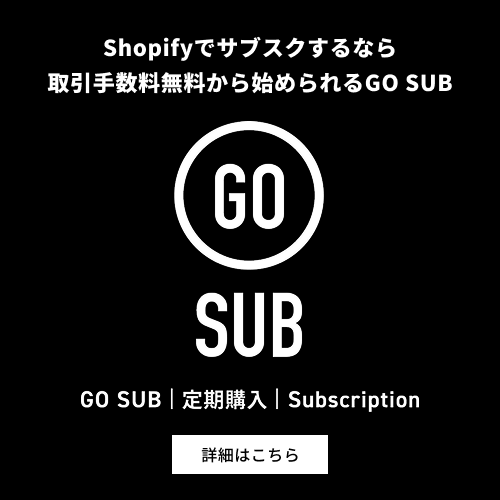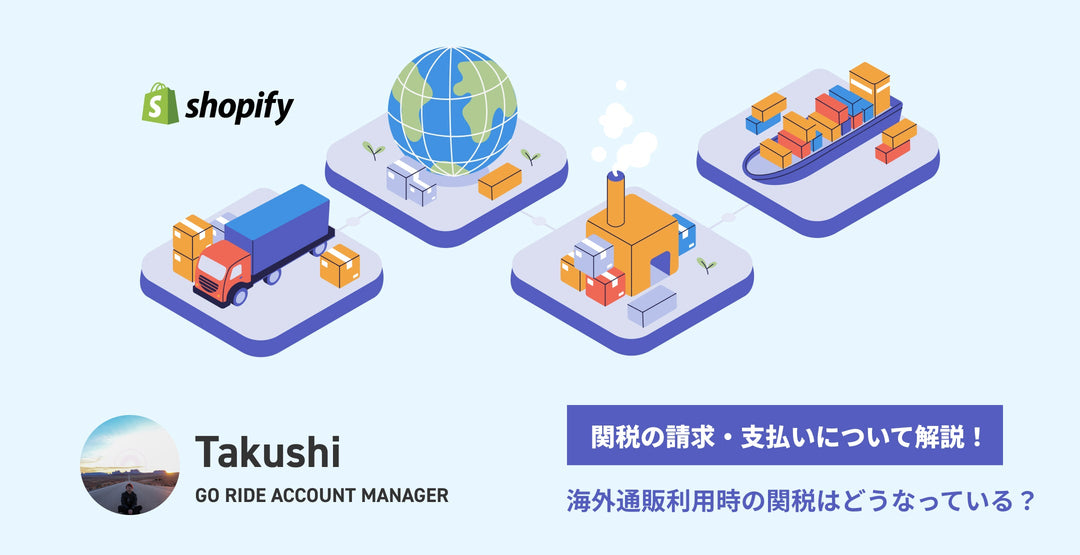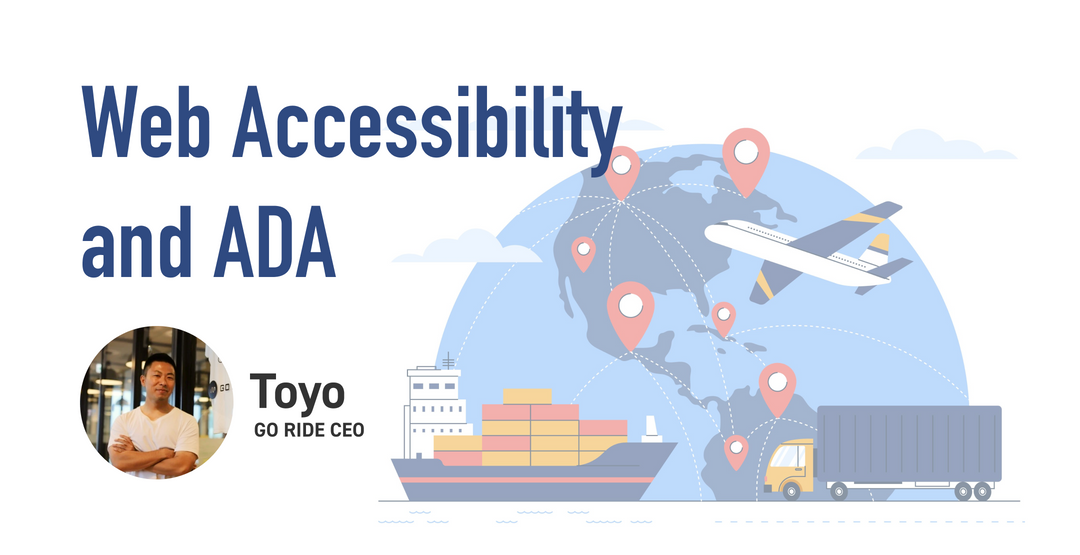The Basics and Settings of Automated Emails to Maximize 【Klaviyo】 Results
Automated emails are essential for increasing e-commerce sales.
This article will explain the basic structure of essential flows set up in Klaviyo, such as welcome, cart abandonment, and post-purchase follow-up, focusing on the timing and content that will affect sales!
"How many abandoned cart emails should I send, and after what time?" "What's the best trigger to resurrect dormant customers?"
We'll answer these questions and show you how to create a personalized setup using Klaviyo's triggers, filters, and actions.
If you've introduced Klaviyo but haven't been able to make the most of it, or if you're worried about what settings are most effective, please take a look at this article!
table of contents
About Klaviyo

Klaviyo is a powerful email and SMS marketing automation platform specifically designed for ecommerce businesses.
It is not just an email newsletter distribution tool, but also collects and integrates customer behavior data (purchase history, site browsing, abandoned carts, etc.) in real time, and automatically optimizes who to send messages to, when, and what content to send based on that data.
The initial setup for Klaviyo is explained in the article below, so please check it out if you want to know more!
3 commonly overlooked settings to be careful of when setting up Klaviyo [Email Marketing]
Setting up an effective flow
The following automated email settings are essential for increasing sales on an e-commerce site.
1. Welcome Flow (Welcome Series)
2. Abandoned Cart Emails
3. Order Confirmation/Thank You Email
4. Browse Abandonment
From here, we will explain effective settings for each automation.
1. Welcome Flow (Welcome Series)

This flow setting is set to fire when a new user registers to the email list.
The goal is to build trust while interest in the brand is still high and encourage initial purchases.
Effective timing:
The first email will be sent immediately or within a few minutes, and then the second email will be sent 2 to 3 days later.
Effective content:
We display recommended products and provide links to product detail pages for those who are not yet familiar with the products we carry.
2. Abandoned Cart Emails

This flow setting will be triggered when a customer leaves their cart without purchasing an item.
The goal is to ensure that the customer does not forget about the product even after leaving and completes the purchase.
This flow is the one that is most directly linked to e-commerce sales!
Effective timing:
The first email was sent three hours after the user left, and then the second email was sent two to three days later.
Effective content:
Placing a link directly back to the cart is important, but displaying product reviews or providing a path to the product review page can also encourage purchases.
3. Order Confirmation/Thank You Email

This flow configuration will fire when a customer purchases an item.
The purpose is to notify customers that their order has been successfully completed and to improve their brand experience to encourage further purchases.
Effective timing:
The first one will be sent immediately, and the second one will be delivered 3 to 7 days later.
Effective content:
The first email will include other recommended products and instructions on how to use the product, and the second email will include a request for a review when the product is likely to have been used.
4. Browse Abandonment

This flow configuration will fire when a customer views a specific product or category page but leaves the site without adding the item to their cart.
The purpose is to remind customers of products they are interested in and encourage them to return to the site while they are still interested in purchasing.
Effective timing:
The first one will be sent two hours later at an early timing, and the second one will be sent two days later as a reminder.
Effective content:
Displaying recommended products and posting interesting content such as news
Common and effective timing
We have written about the timing of sending emails, but the sending time is also an important setting that affects the open rate.
For example, when targeting businesses, open rates tend to be higher if emails are sent on weekday mornings.
In fact, our email newsletter is sent out at 9:30 AM on weekdays.
Also, if you are selling products for B2C, you will tend to get a higher open rate if you send emails on weekday afternoons or on weekends.
For the reasons mentioned above, the delivery time also needs to be changed depending on the target.
summary
When setting up a flow, the three important elements are "who (segment)," "what (content)," and "when (timing)" to send.
Abandoned cart emails bring back highly motivated customers
Welcome emails build initial relationships
"Request for review (second thank you email)" to encourage repeat business while customer satisfaction is high
These flows are easy to set up with Klaviyo.
The flow timings mentioned in this article are just a few indicators, but when actually setting them up, it's important to find the optimum timing for your store by conducting A/B testing, for example.
We hope you will use this as a reference to optimize Klaviyo Flow and aim to maximize your stable revenue!







![[Flow Construction] Explaining how to set up a trigger for](http://goriderep.com/cdn/shop/articles/browse-abandonment-emails.jpg?v=1763689379&width=600)



